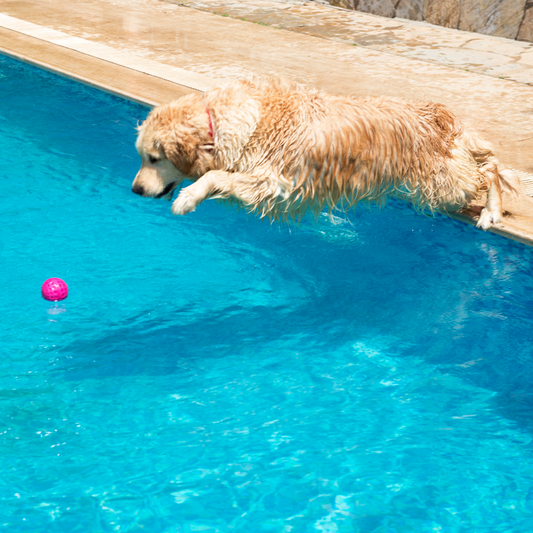Dogs naturally bark, bite, and chew its part of how they communicate, explore, and release energy.
However, when these behaviors become excessive, destructive, or aggressive, they can create stress at home, damage property, or even pose safety concerns. Fortunately, with the right training techniques and consistency, you can manage and reduce these behaviors effectively.
1. How to Stop Excessive Barking
Dogs bark for various reasons to alert, seek attention, express excitement, or signal anxiety. The key to stopping the barking lies in identifying why your dog is doing it.
Common Triggers for Barking
1. Strangers at the door
2. Other animals
3. Loneliness or boredom
4. Territorial behavior
5. Separation anxiety
Effective Strategies
- Recognize Patterns: Keep a log of when and why your dog barks. This helps you identify patterns and anticipate the behavior.
- Teach the "Quiet" Command: Wait for a pause in barking, say “Quiet” calmly, and reward silence with a treat or praise.
- Desensitize Triggers: Gradually expose your dog to their triggers in a controlled way. For example, reward calm behavior when someone knocks on the door.
- Avoid Reinforcing the Behavior: Don’t shout or react dramatically it may seem like you're barking back. Instead, stay calm and wait for silence.
- Provide Enrichment: A bored dog is a noisy dog. Offer puzzle toys, long-lasting chews, and regular mental stimulation.
Tip: Dogs that lack exercise often bark more. A brisk daily walk can work wonders
2. How to Reduce Biting and Nipping
Biting is natural, especially in puppies. However, it should be gently corrected before it becomes a habit in adult dogs.
Why Dogs Bite
- Teething pain (puppies)
- Overexcitement during play
- Lack of socialization
- Fear or protection instincts
- Lack of boundaries
What You Can Do
Teach Bite Inhibition: When your dog bites too hard, say “Ouch!” and stop playing. Resume only when they calm down.
Use Redirection: Keep chew toys handy to offer whenever your dog starts mouthing you.
Avoid Physical Punishment: This can lead to fear or defensive aggression. Stick to calm, clear correction and redirection.
Encourage Gentle Play: Reward calm, non-mouthy play with praise and attention.
Socialize Early: Exposure to people and other dogs reduces fear-based biting and teaches acceptable boundaries.
If your dog bites out of fear or aggression, seek help from a certified behaviorist immediately.
3. How to Stop Destructive Chewing
Chewing is a normal behavior, especially for puppies. But when it targets your furniture, shoes, or wires, it’s time to intervene.
Why Dogs Chew
- Teething discomfort (puppies)
- Boredom or lack of stimulation
- Anxiety or stress
- Lack of proper chew toys
- Attention-seeking behavior
Chewing Solutions
- Offer Approved Chews: Use toys made for dogs, like rubber Kongs, rope toys, or teething rings.
- Rotate Toys: To keep interest high, rotate the toys every few days.
- Supervise and Redirect: Watch your dog closely. When they chew something inappropriate, redirect them to a proper toy.
- Use Taste Deterrents: Bitter sprays (safe for pets) can discourage chewing on furniture or cords.
- Provide Crate Training: If you're away, use a crate with safe toys to prevent access to valuables.
- Exercise Matters: A tired dog chews less. Physical and mental workouts can curb destructive habits.
Frozen carrots, ice cubes, or wet cloths can soothe a teething puppy’s gums naturally.
Barking, biting, and chewing are not “bad behaviors” they’re natural expressions that need to be shaped with the right approach. Dogs don’t misbehave out of spite. Often, they’re bored, anxious, overstimulated, or undertrained.
Quick Recap:
- Identify the why behind the behavior before addressing the how.
- Use calm, consistent correction and always reward positive actions.
- Avoid harsh punishments; they can escalate anxiety and worsen the behavior.
- Make time for daily training, socialization, and physical play.
With patience, training, and love, your dog can learn to control their impulses and become a well-behaved, balanced companion.










